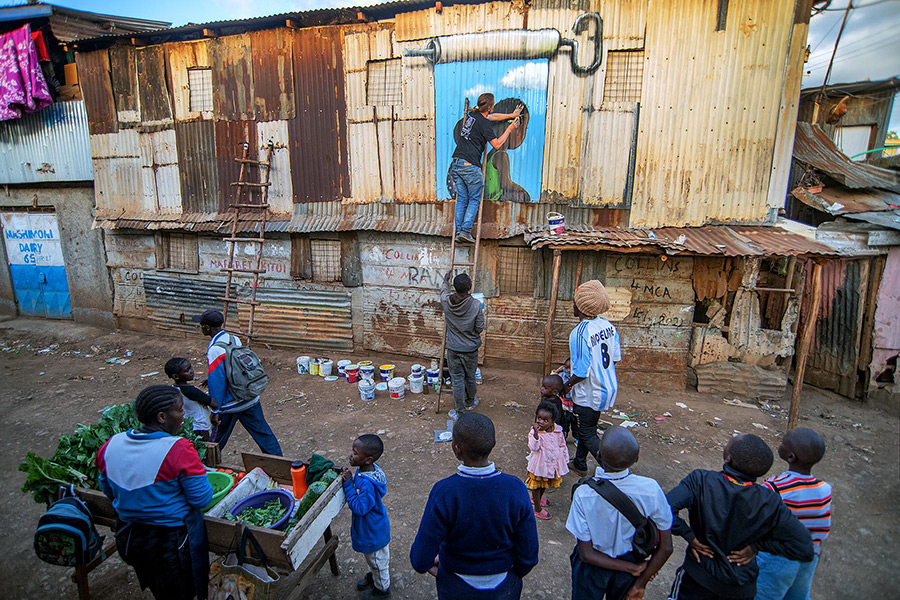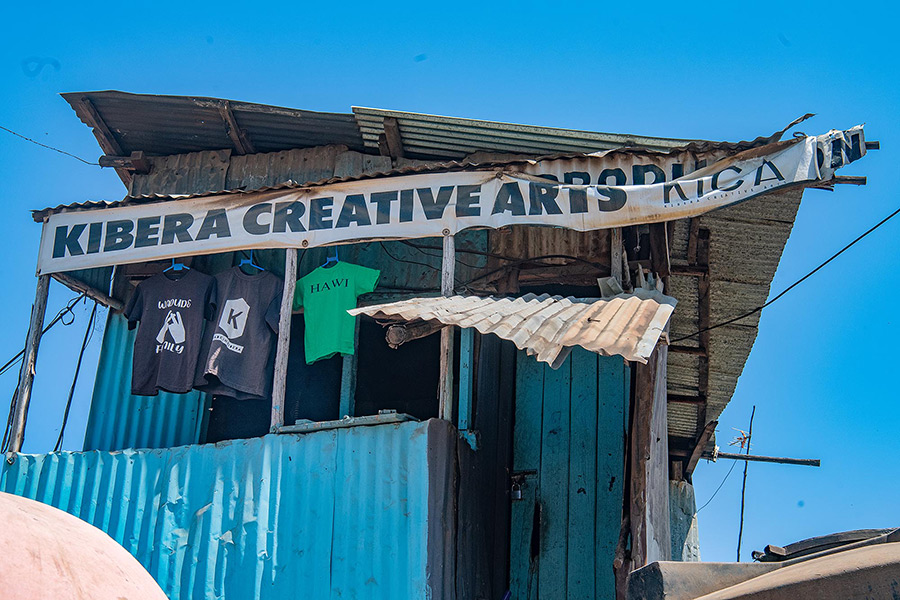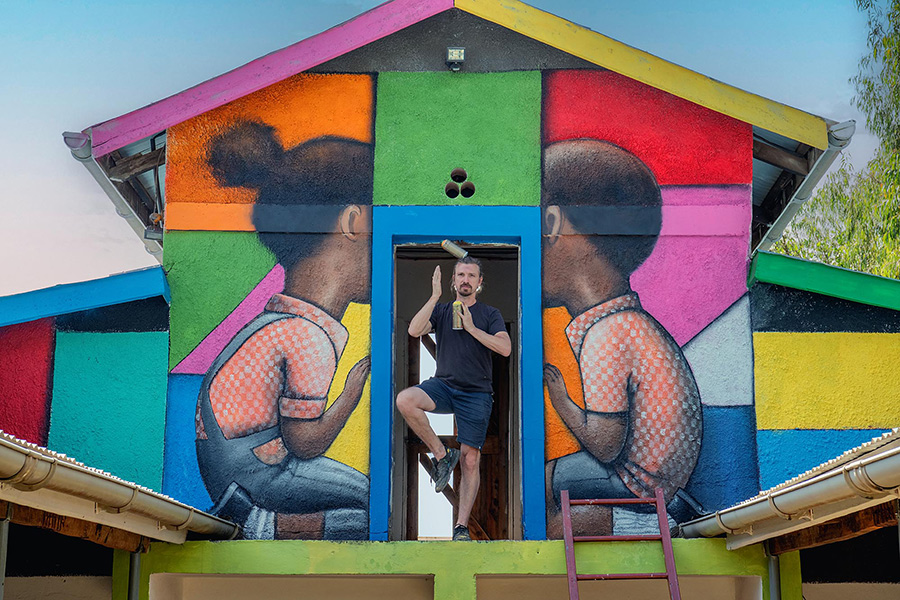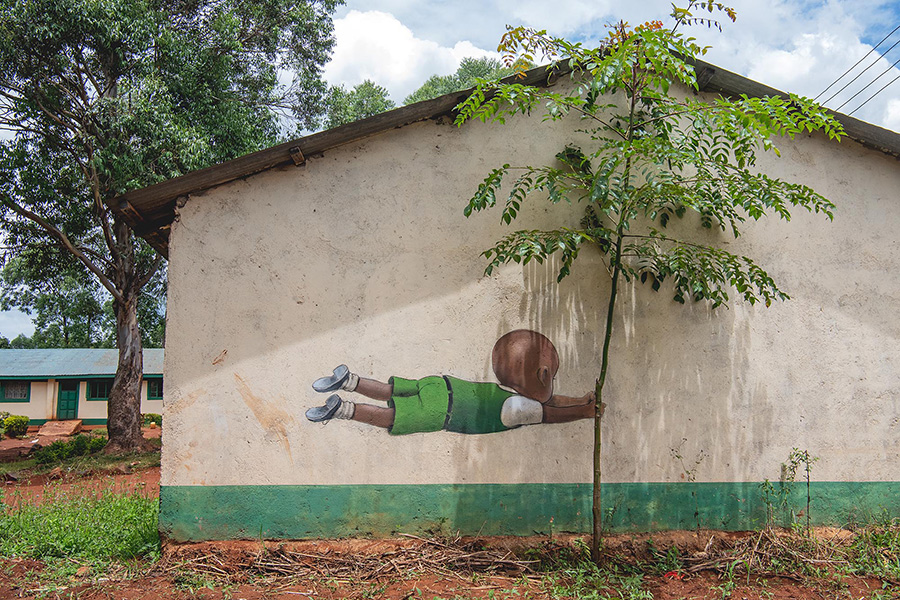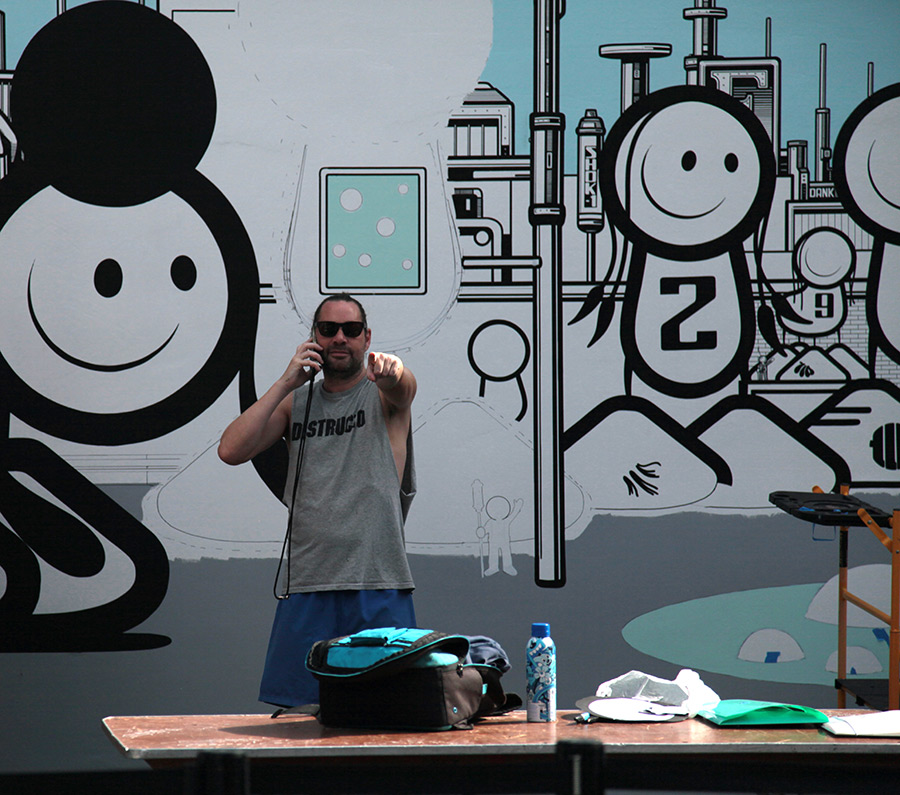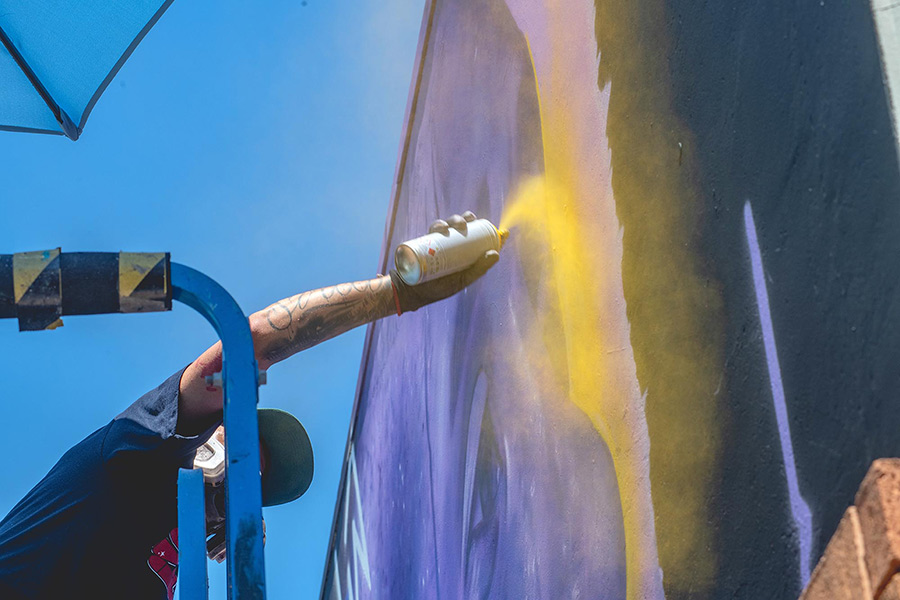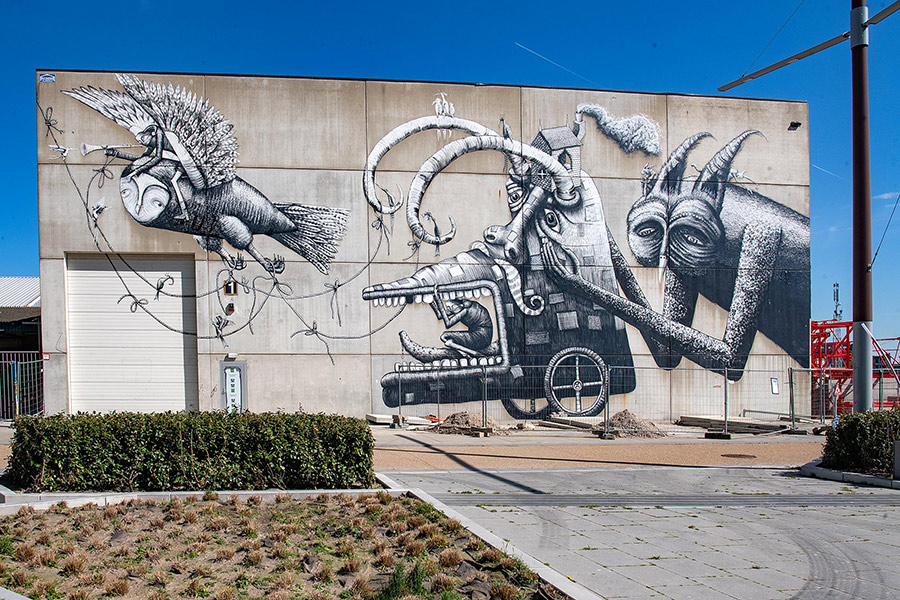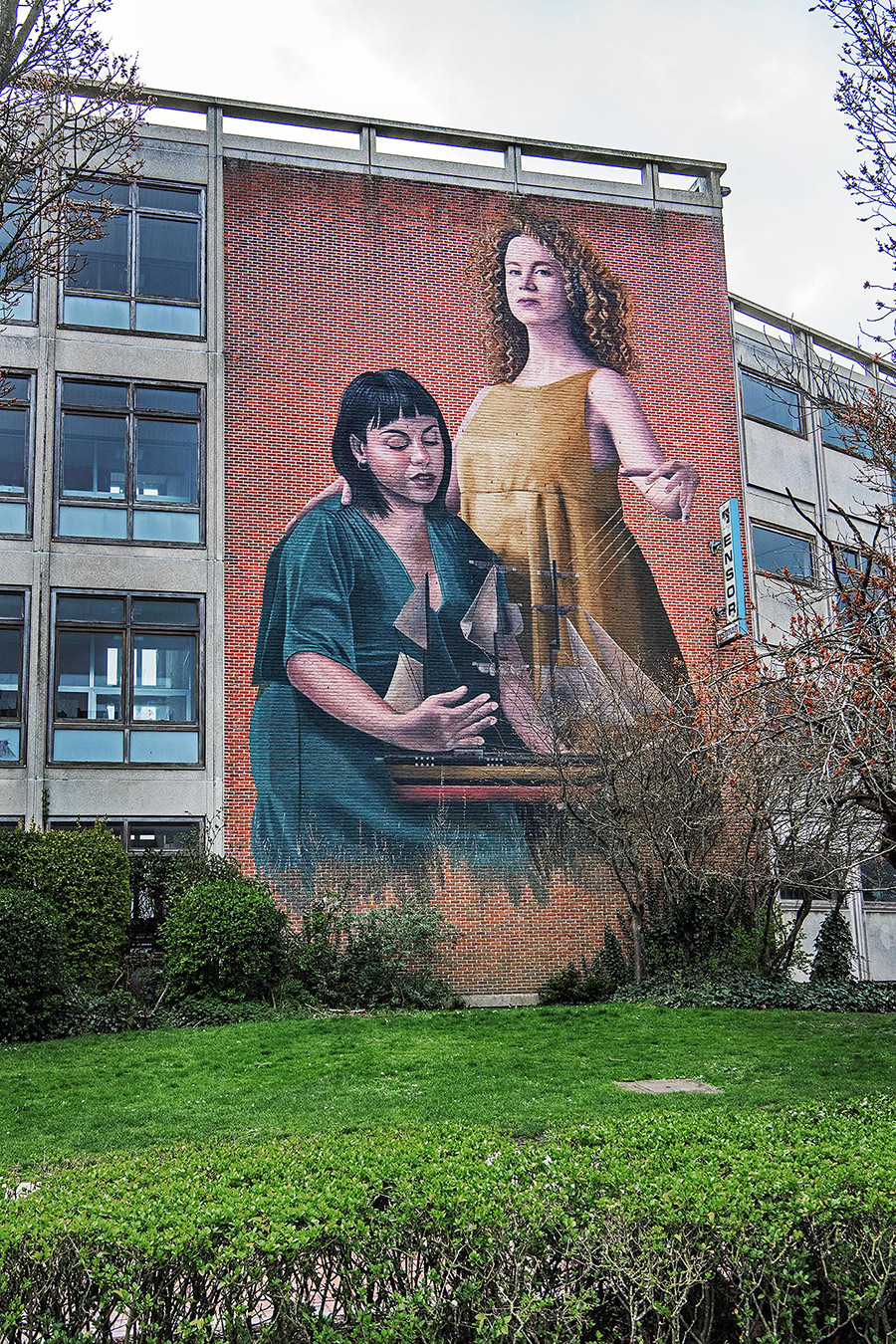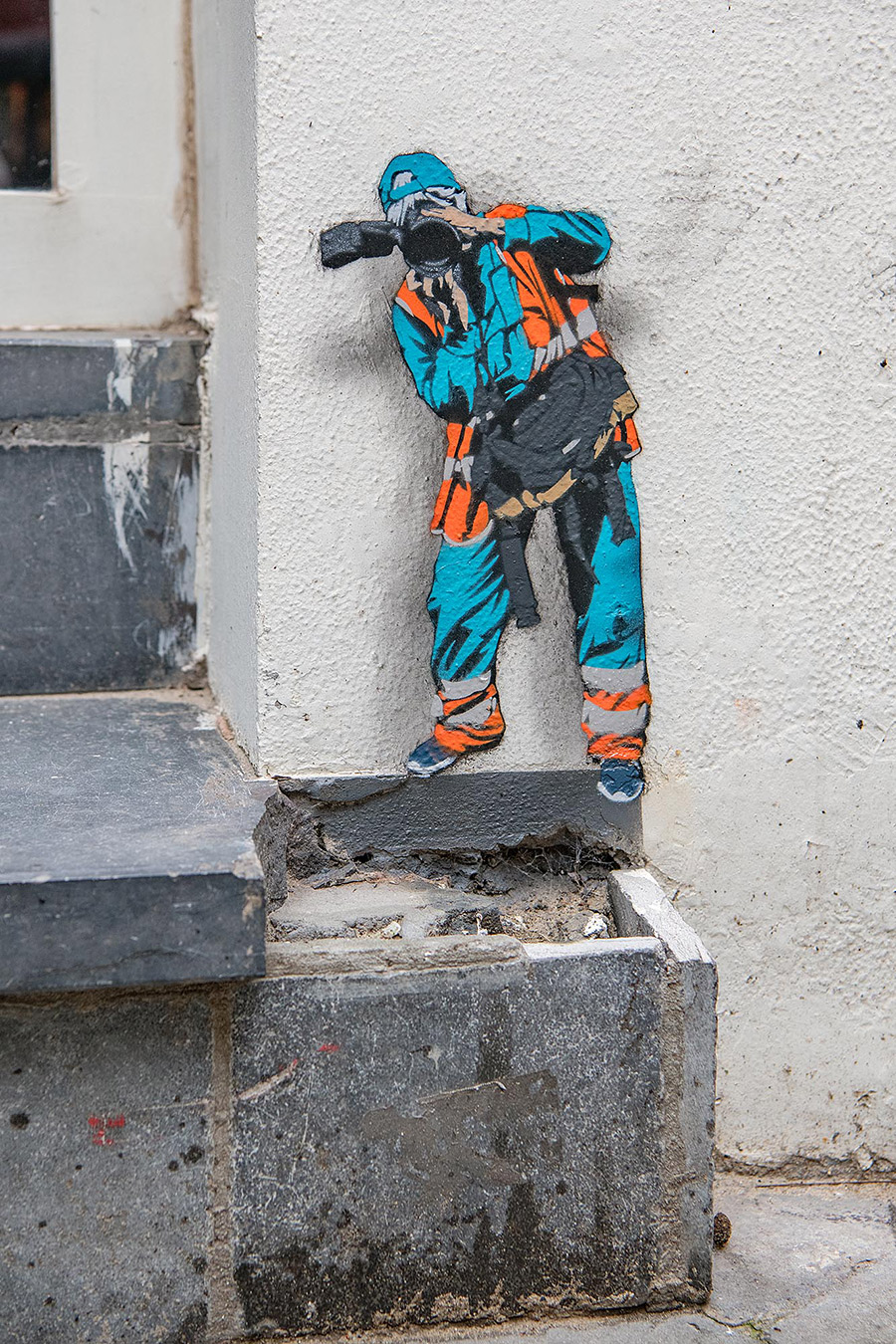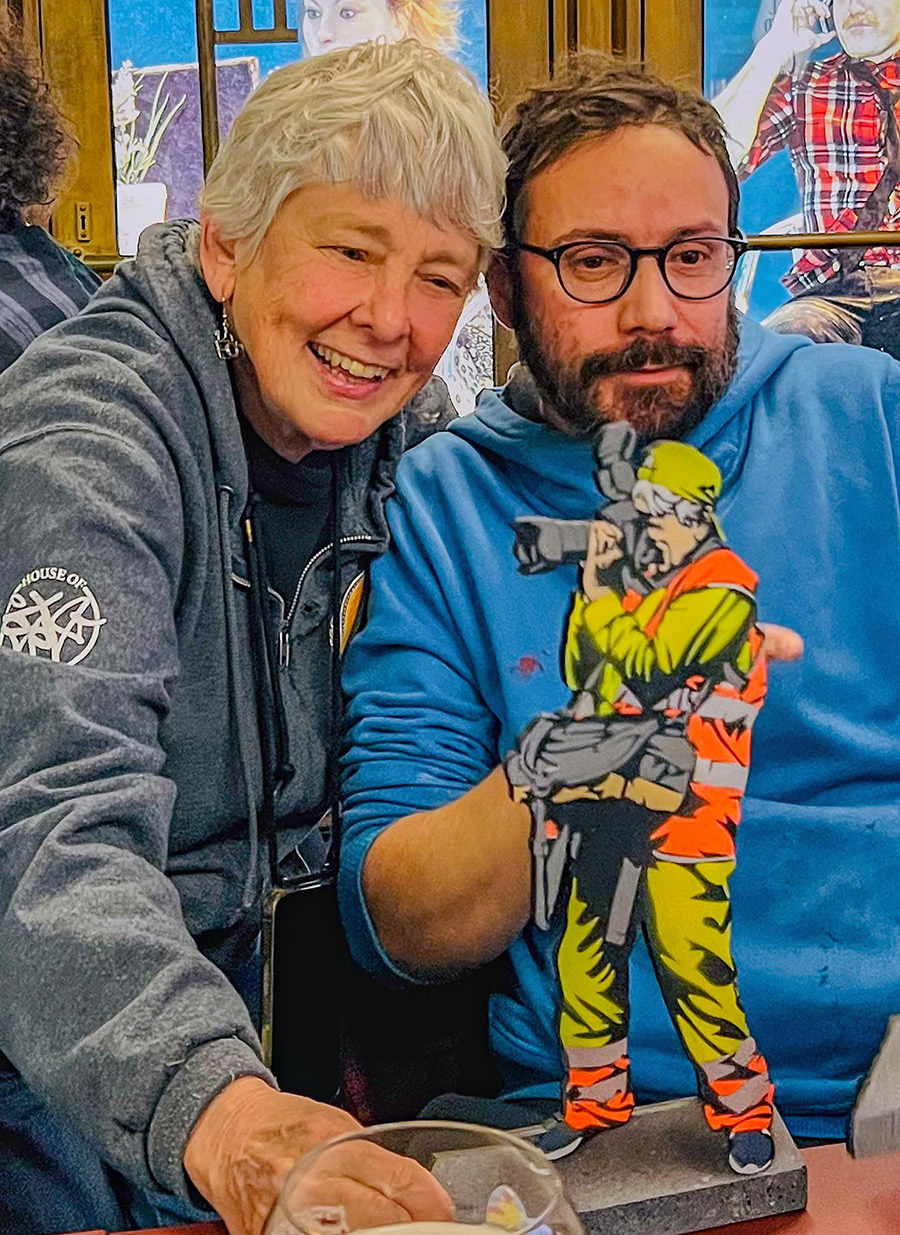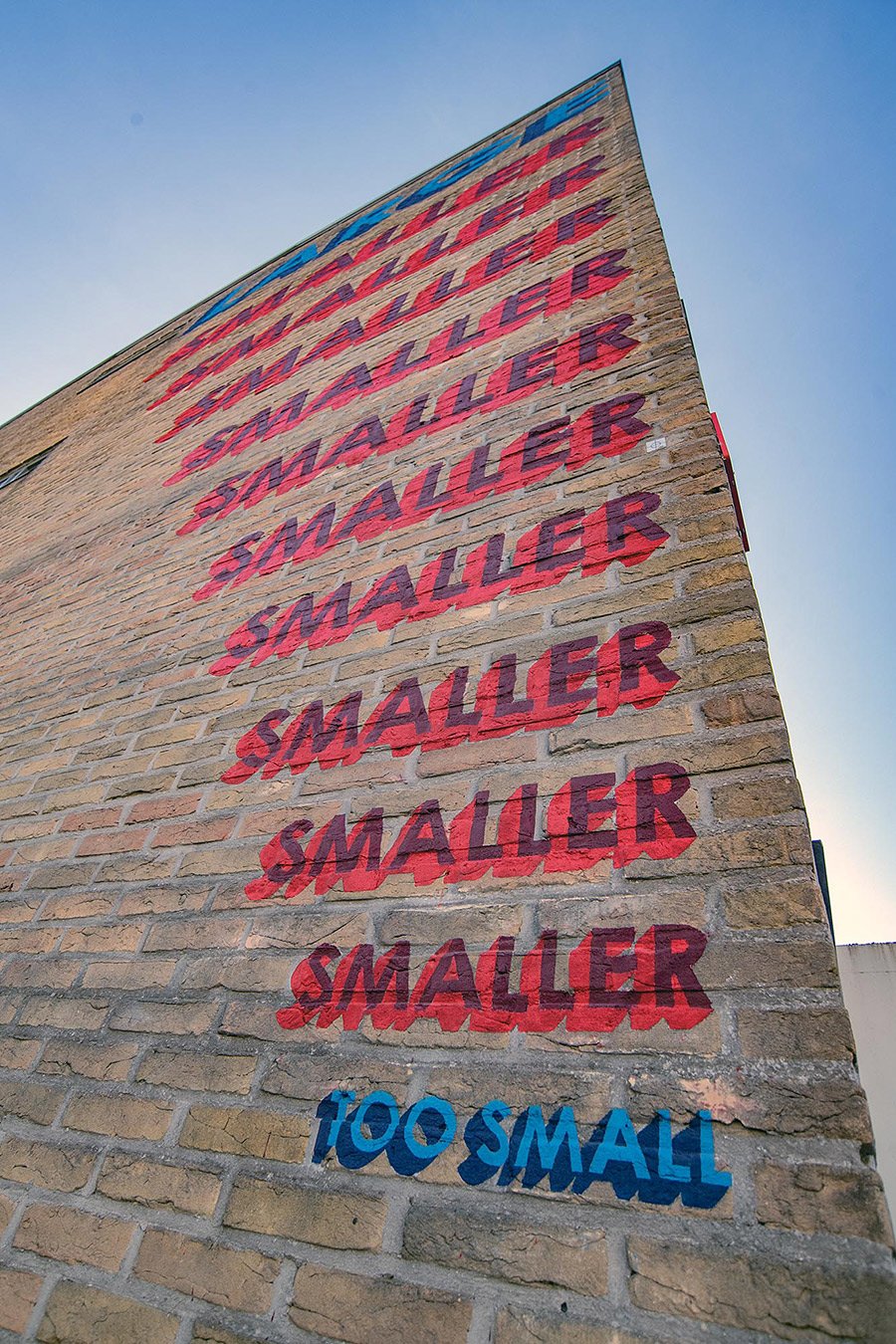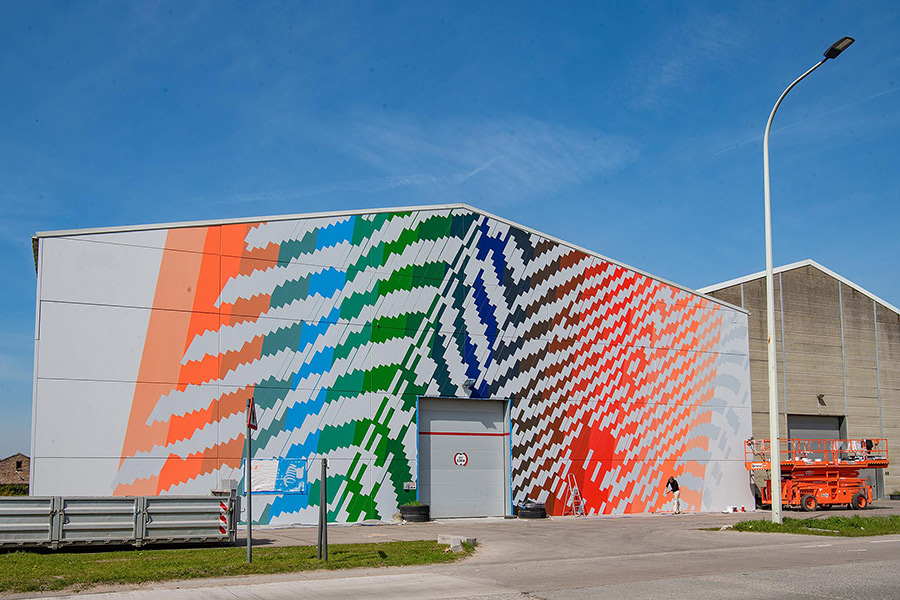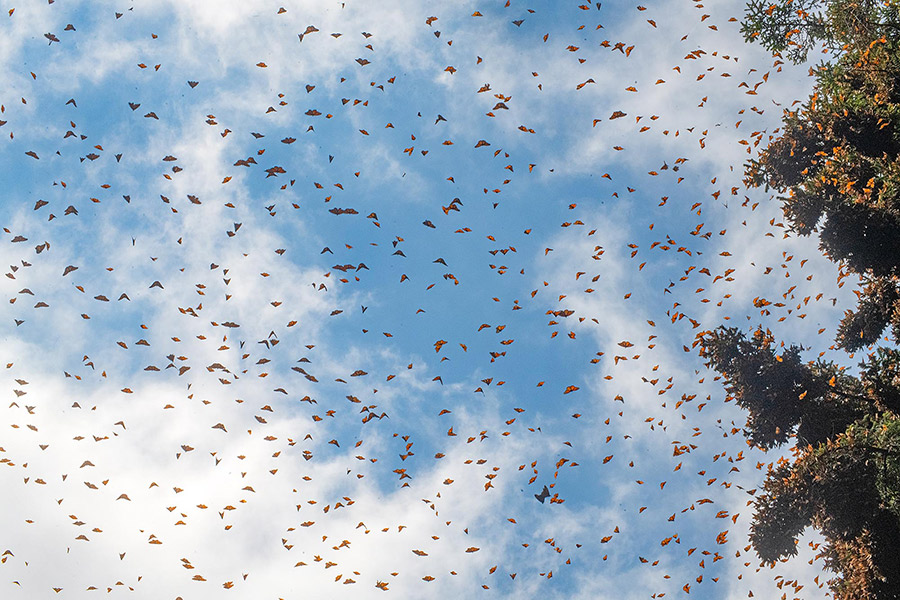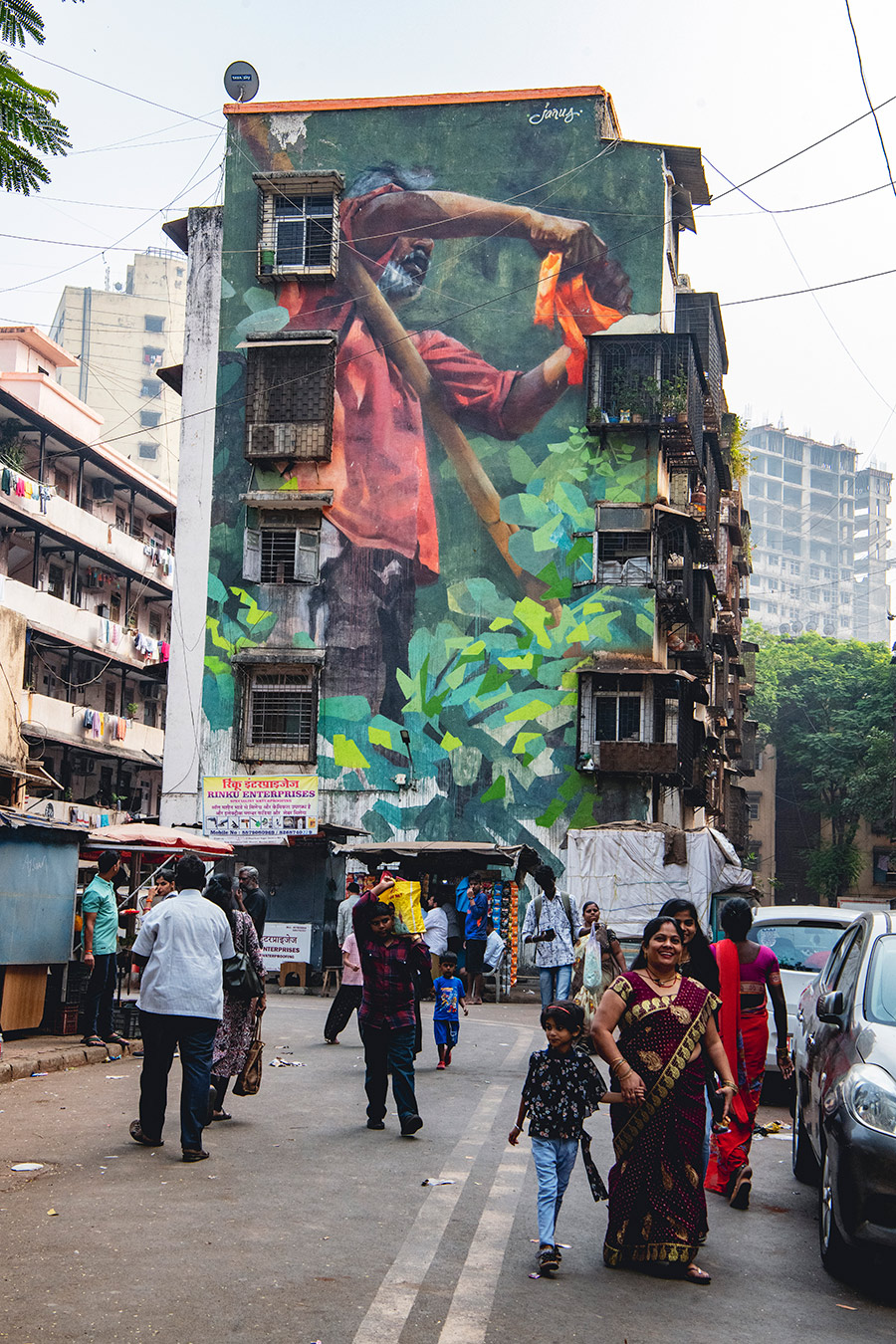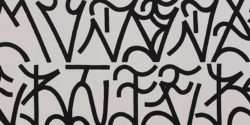
Welcome to BSA’s Images of the Week. We decided to dedicate this weekly survey to the artists of “Return 2 Burn”, its organizers, and the streets that brought us here.
The new “Return 2 Burn” exhibition at the old train station in Hunts Point, Bronx, serves as a modern continuum of pivotal artistic moments from New York’s vibrant past, echoing the groundbreaking energies of the Fun Gallery, The Times Square Show, and initiatives by Collaborative Projects Inc. (Colab) and Fashion Moda. These seminal venues and events of the early 1980s, such as the Fun Gallery (1981-1985) and The Times Square Show of 1980, were instrumental in merging the diverse cultural and artistic energies of “uptown” and “downtown” scenes. They featured artists whose names would become prominent, like Jean-Michel Basquiat, Keith Haring, Futura, Rammelzee, Crash, Jenny Holzer, and many others whose work intertwined and intersected with the emergent graffiti and street art movements against a backdrop of punk, hip-hop, and an unprecedented cultural fusion that was happening across the city.
This week, the art world mourned the loss of Patti Astor, the trailblazing founder of the Fun Gallery and a pivotal character in Charlie Ahearn’s iconic film “Wild Style.” Her legacy, which has deeply influenced the intersection of hip-hop, graffiti, and urban culture, remains a testament to her visionary impact on New York City’s vibrant art scene.

“Return 2 Burn” builds upon this legacy by featuring contemporary and enduring artists from those earlier movements like Skeme, Tkid 170, Martha Cooper, John Fekner, and Al Diaz—who notably co-created SAMO tags and cryptic texts on the street with Basquiat—linking the historical narrative of New York’s street art from its inception to the present. These artists’ work stood alongside others such as Chris from Robots Will Kill, Indie, Buff Monster, UFO907, and Wane for the vibrant opening night, celebrating an ongoing narrative of experimentation and discovery in the street art/graffiti scene today across this city’s boroughs. The atmosphere was electric, charged with the energy of fans, collectors, storytellers, and historical figures of the graffiti and street art scene.
This collection of photos was shot while the exhibition was still being assembled—”work in process” shots. Their sometimes raw quality signals that the exhibition is a living entity produced by many hands; curator Robert Aloia says it is expected to evolve throughout the spring and summer.
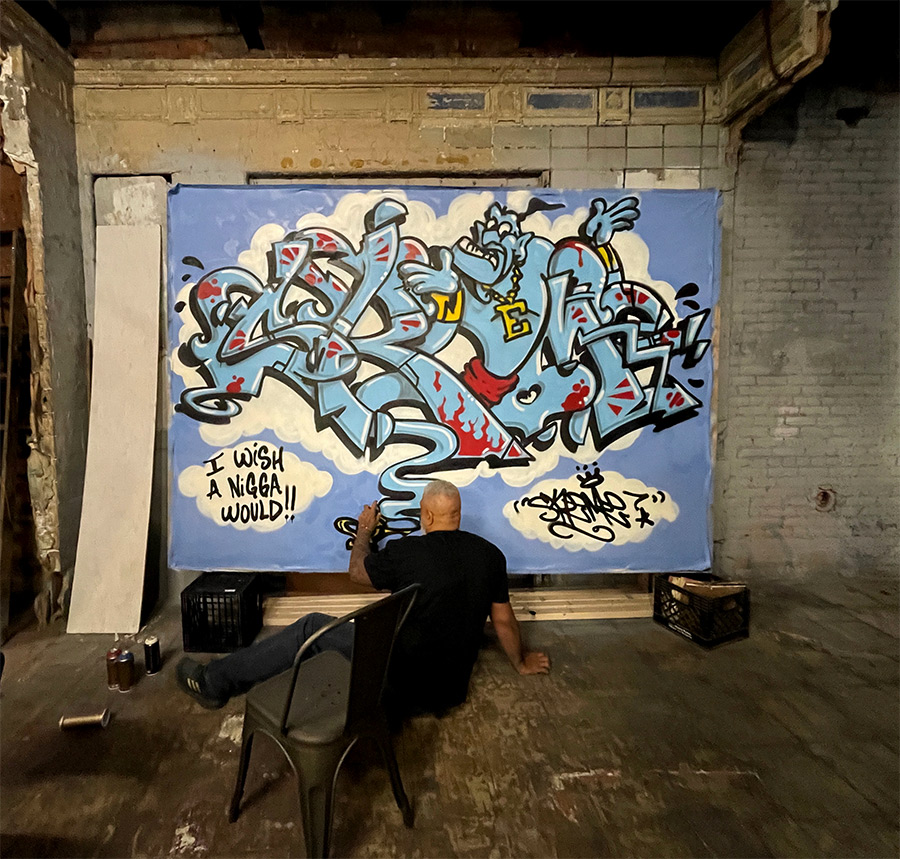
The opening night crowd underscored the exhibition’s role as more than just a collection of artworks but also a gathering place for the community and a hopeful signpost for our collective creative future as we enter such uncertain times. It is a testament to the evolution of graffiti, street art, conceptual art, sculpture, public art, and muralism and their enduring significance in urban culture and public dialogue. The installed pieces—captured before the doors officially opened—are a diverse and dynamic reflection of the art movement, a snapshot of this moment at this location that recognizes the hundreds of artists whose work is on New York streets at any moment.
Through the visionary efforts of curators like Robert Aloia and Jennifer Giraldo of Outlaw Arts, and their collaboration with Majora Carter and James Carter of Bronxlandia, “Return 2 Burn” reminds us how exhibitions can serve as cultural synthesizers. The dedication of independent curators and organizers ensures that the legacy of New York’s unique art scene not only persists but also adapts and thrives, engaging new generations of artists and audiences alike. Moreover, the vital role of those who document, write about, and archive these events is crucial; without their work, such exhibitions’ rich history and transformative impact would not be preserved.
New York City has consistently nurtured subcultures by providing ample space, resources, and an environment conducive to growth—a spirit deeply embedded in the Punk D.I.Y. tradition. This creation of spaces for artists truly captures the essence of the city. And while we appear to be losing gallery spaces, we always have the streets. In New York City, D.I.Y. isn’t just a concept—it’s synonymous with NYC itself.
The lineup includes: Aiko, Al Diaz, Austin Pinon, Basie Allen, BlusterOne, Buff Monster, Camella Ehlke, Cassandra Mayela, Chris RWK, Dr. Revolt, Faust, Ghost, Giz, Indie 184, JJ Veronis, John Fekner, Jon Burgerman, Judith Supine, Kade198, Lamour Supreme, Martha Cooper, Matt Siren, Modus, Peter Paid, Pork, Queen Andrea, Roycer, Saman & Sasan Oskouei, Sheryo & Yok, Skeme, Tkid, Totem, UF0907, VFR, and Wane One






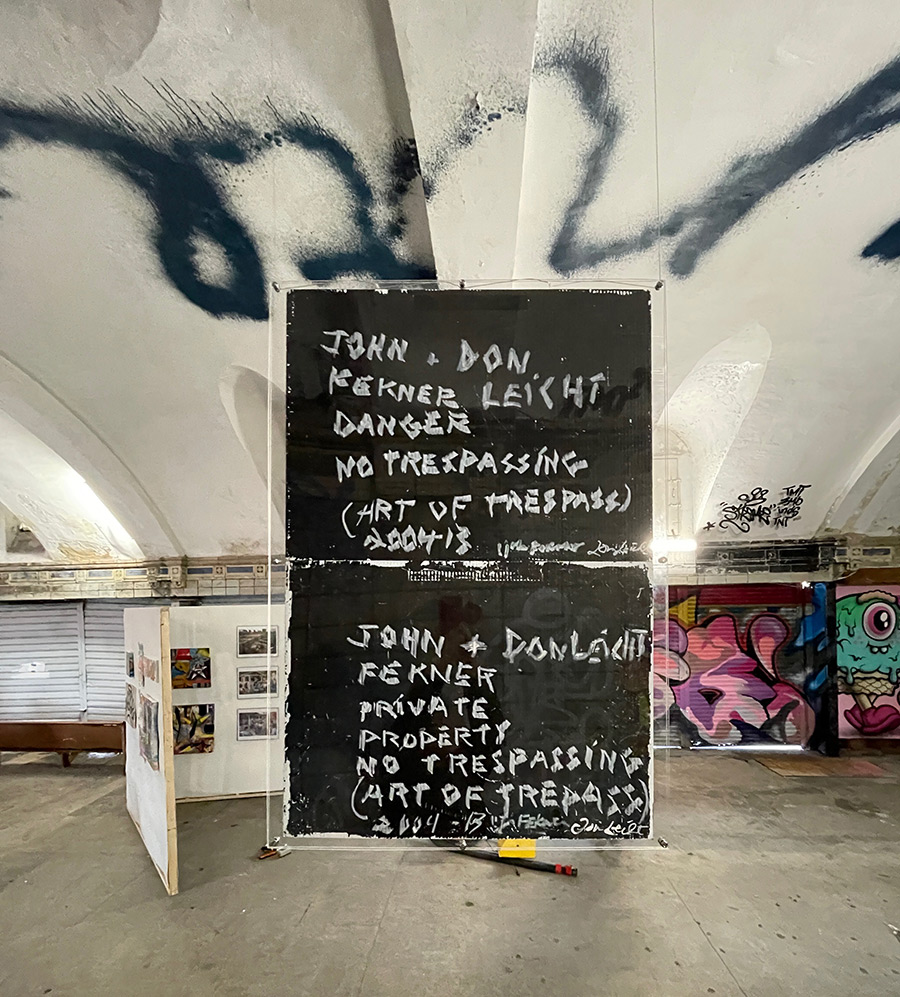

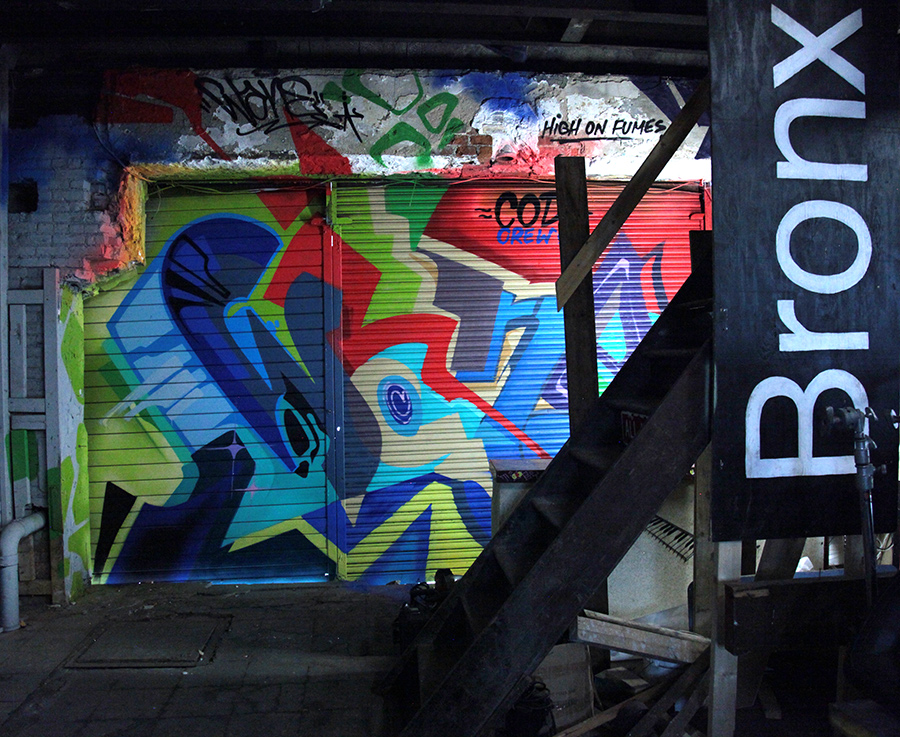




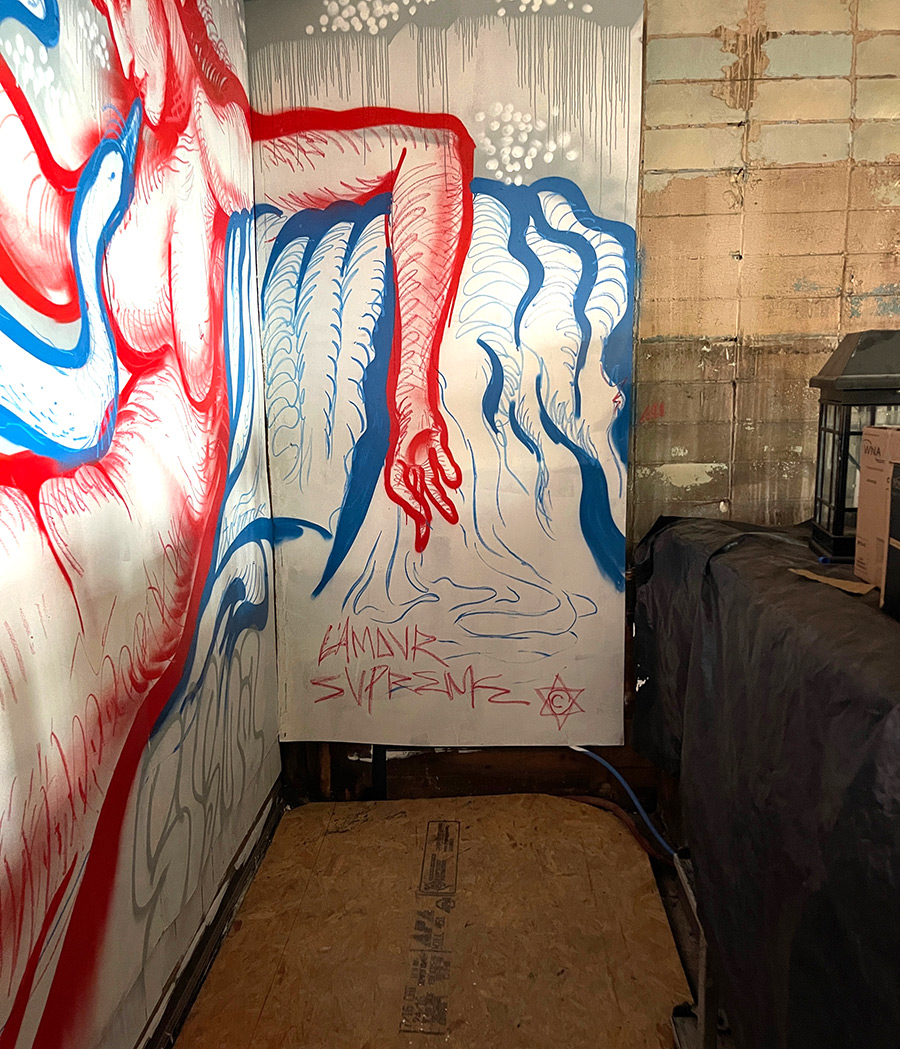




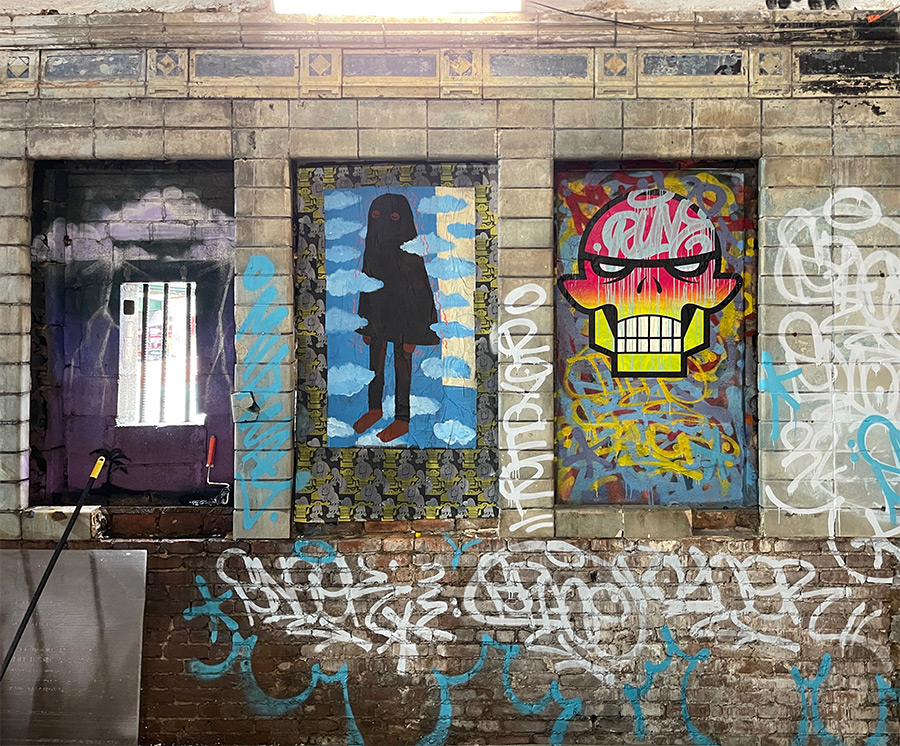





 BROOKLYN STREET ART LOVES YOU MORE EVERY DAY
BROOKLYN STREET ART LOVES YOU MORE EVERY DAY






